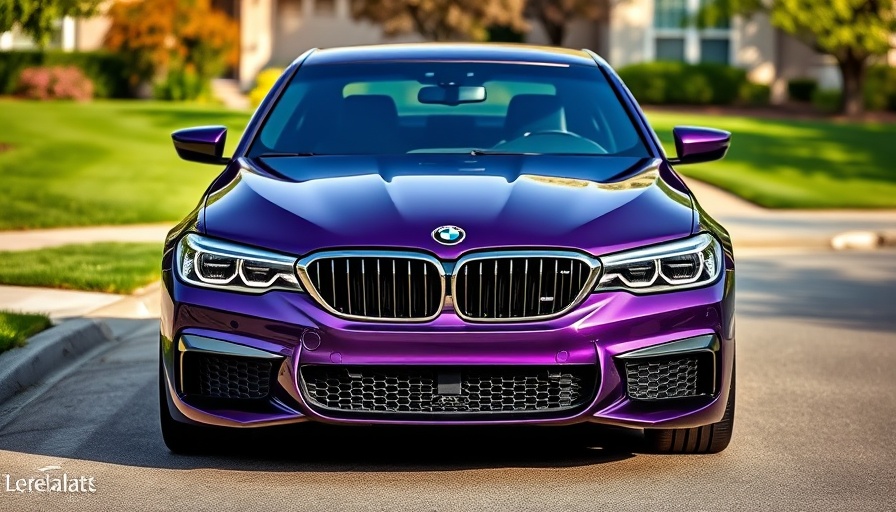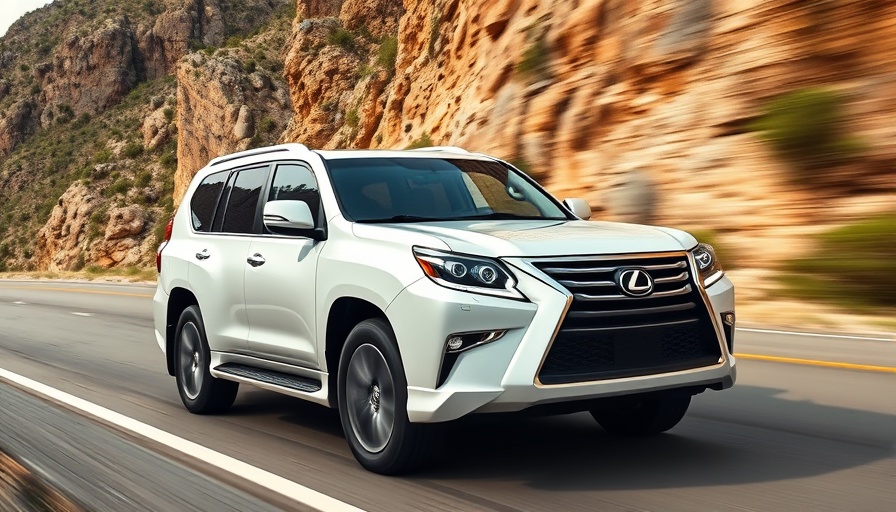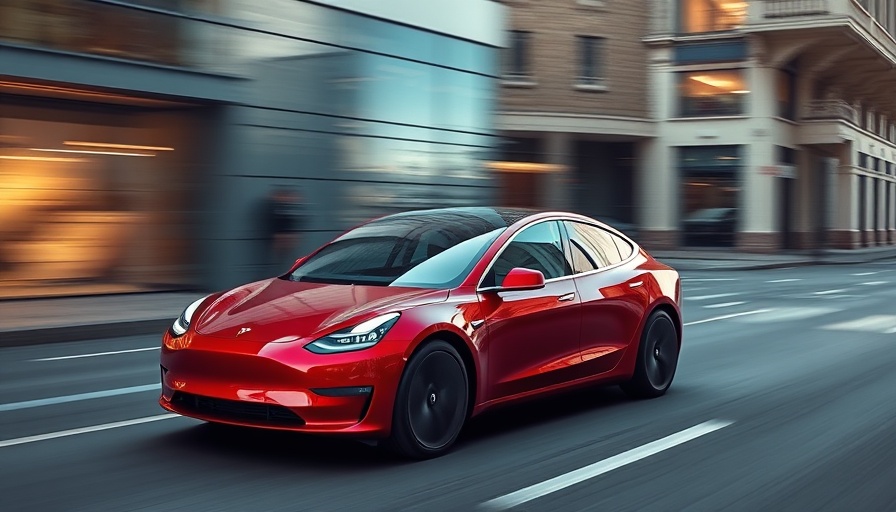
Introducing a New Era of Luxury Performance with the 2025 BMW M5
The 2025 BMW M5 marks a significant evolution in the luxury performance sedan sector. For enthusiasts, BMW's commitment to integrating plug-in hybrid electric vehicle (PHEV) technology into this iconic model offers a unique proposition: enhanced power output alongside traditional luxury. Weighing nearly 5,400 pounds, the M5's heft might be concerning, yet my week-long experience revealed that the weight contributes positively to its technical prowess and overall capabilities.
Power Meets Efficiency: The Engine Specifications
At the heart of the BMW M5 is a commanding 4.4-liter twin-turbo V8 engine, combined with a robust electric motor, yielding a staggering total output of 717 horsepower and 738 lb-ft of torque. This powertrain includes an 8-speed automatic transmission that facilitates efficient shifting, allowing the vehicle to seamlessly transition between gas and electric modes. What’s remarkable is the M5's ability to deliver a respectable electric-only range of about 25 miles, making it not only a powerhouse for speed but also a contender for everyday practicality.
Driving Experience: Balancing Weight and Performance
Detractors of heavier vehicles often express concerns over performance limitations, but BMW's engineering acumen shines through in the M5's driving dynamics. Although navigating a vehicle with such weight demands some acclimatization, featuring programmed M1 and M2 steering controls allows drivers to access various sporty drive settings that amplify the car’s agility. My experience highlighted that in Sport Plus mode, the M5 transforms, making the driver forget its considerable weight and showcasing impressive acceleration that challenges conventional expectations.
Real-World Fuel Efficiency: Understanding the Numbers
While the M5's EPA ratings of 14 mpg combined and 12 city/17 highway might deter some, real-world experiences tell another story. Utilizing the sportier settings, I consistently achieved better-than-estimated fuel economy. This points to a crucial element of hybrid technology—offering drivers the potential for improved efficiency when managed properly, such as leaning into the Comfort drivetrain setting to achieve up to 23 mpg on the highway. On a full charge and tank, hitting the estimated 50 MPGe becomes feasible, showcasing the M5's dual focus on performance and efficiency.
The Broader Implications of Hybridization in the Auto Industry
As hybrid technology becomes crucial in modern automotive manufacturing, the 2025 BMW M5 represents a pivotal shift not merely for BMW, but also for the larger landscape of the automobile industry. The movement toward PHEVs also underscores the growing trend towards electrification whereby car manufacturers strive to create high-performance vehicles that broaden consumer choices and mitigate ecological footprints. As the biggest car companies in the world embrace hybrid technology, BMW's moves firm up its position as one of the largest automobile manufacturers globally, pushing the automotive industry's future.
Luxury and Comfort: Interior Features
While performance is paramount, luxury remains a hallmark of the M5 experience. The interior design radiates comfort and sophistication, enhanced by the latest tech providing a user-friendly interface and a suite of features that elevate every drive. Those interested in the automotive luxury market will appreciate the meticulous attention to detail found in the seating, material quality, and ambient lighting—all key elements that define the best luxury sedans on the road today.
Conclusion: A Hybrid For Performance Purists
In considering the 2025 BMW M5, potential buyers and auto enthusiasts will find that it uncompromisingly merges power, luxury, and modern hybrid technology—something that resonates profoundly in today's competitive automotive landscape. For those with a penchant for performance sedans, the M5 begs a test drive, revealing an exhilarating driving experience that makes it a worthy contender in its class, and an exciting glimpse into the future of automotive innovation.
If you're considering a new vehicle, the M5 exemplifies where innovation meets tradition in automotive excellence. Explore your options and discover how this captivating vehicle could redefine your notion of luxury performance.
 Add Row
Add Row  Add
Add 




Write A Comment